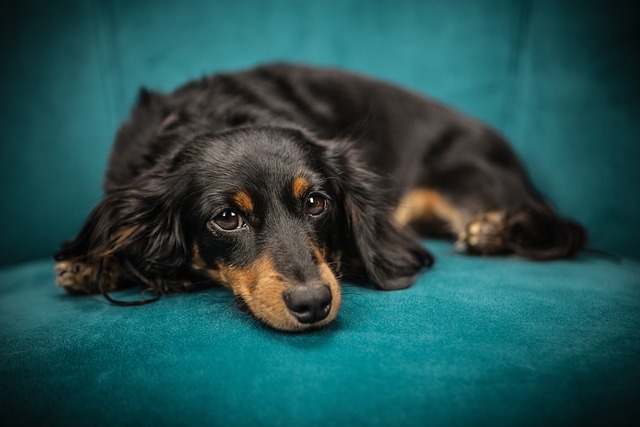
How do i train my dog to be obedient?
Watching your dog dart across the park ignoring your calls isn’t just frustrating—it can put them at risk near busy streets or public spaces.
Coming home to a shredded couch cushion and your favorite shoes turned into chew toys? That’s what happened to my friend in Denver with her 9-month-old lab, Cooper, when she started leaving him alone for work. At first, she thought he was just being a “naughty puppy,” but the vet explained: destruction when left alone is usually a sign of boredom or anxiety, not mischief. Understanding that shifts how you train—from punishment to problem-solving.
Dogs are wired to be active, so being alone with nothing to do is like putting a kid in a room with no toys. Cooper’s brain turned to chewing because it releases stress-relieving endorphins, much like how we might snack when nervous. His destruction wasn’t about anger; it was his way of coping. That’s why scolding backfires. Yelling at Cooper when she found the mess only made him more anxious—he associated her return with getting in trouble, so he chewed more to calm himself before she got home. Positive reinforcement, on the other hand, teaches him: “When I’m calm and quiet, good things happen.”
Practical steps start with “enrichment.” Cooper’s owner filled a Kong with frozen peanut butter before leaving—licking it kept him busy for 45 minutes, which is often enough time for his brain to settle. She also started “short absences”: leaving for 5 minutes, then 10, praising him with a treat when she returned to a intact house. A trainer in Austin suggested leaving a radio on low—human voices make dogs feel less alone. Over three weeks, Cooper went from destroying pillows to napping on his bed, because his brain had better ways to handle being alone.

Legal and community rules matter here. In California, excessive noise from a stressed dog (like constant barking while chewing) can lead to noise complaints, so keeping them occupied helps keep the peace. Make sure your dog’s vaccines are up to date—rabies shots are mandatory in every state, and a healthy dog handles boredom better. When you’re out walking to tire them out (a great way to reduce destructive energy), always bring poop bags. Cleaning up is part of being a responsible owner, and a calm walk reinforces good behavior.
Apartment living adds layers. Thin walls mean neighbors might hear chewing, so providing quiet activities (like puzzle feeders) is key. Cooper’s owner told her building manager about his training, so they’d let her know if he got loud—no surprises, less stress. When using the elevator, avoid rush hours—crowds can overstimulate a dog, making them more likely to act out later. Small courtesies make training easier for everyone.
Never use punishment. Cooper once chewed the remote, and his owner replaced it without a word, then added more toys to his space. Yelling would’ve taught him to hide his chewing, not stop it. Kindness builds trust, and trust makes them want to please you. With time, patience, and the right tools, your dog will learn that being alone is safe—and your couch will stay intact.

Watching your dog dart across the park ignoring your calls isn’t just frustrating—it can put them at risk near busy streets or public spaces.

New puppy owners often find themselves rushing to clean up accidents before they set in, and that’s where puppy pad training becomes a game-changer.

If you've noticed your dog's waistline disappearing and your veterinarian has mentioned those few extra pounds, your first instinct might be to simply reduce the amount of food in their bowl.

Training a dog to use a designated spot indoors isn’t as daunting as many new owners fear, but it does take consistency and an understanding of your pet’s needs.

That moment of dread on a walk is all too familiar for many new dog owners. You see another dog approaching down the sidewalk of your neighborhood

If the sight of another dog on your neighborhood walk makes your heart sink as your own dog erupts into a frenzy of barking and lunging, you're not alone.